
Аннотация
IN my view, an introductory computer science course should strive to accomplish three things. First, it should demonstrate to students how computing has become a powerful mode of inquiry, and a vehicle of discovery, in a wide variety of disciplines. This orientation is also inviting to students of the natural and social sciences, who increasingly benefit from an introduction to computational thinking, beyond the limited “black box” recipes often found in manuals. Second, the course should engage students in computational problem solving, and lead them to discover the power of abstraction, efficiency, and data organization in the design of their solutions. Third, the course should teach students how to implement their solutions as computer programs. In learning how to program, students more deeply learn the core principles, and experience the thrill of seeing their solutions come to life.
Unlike most introductory computer science textbooks, which are organized around programming language constructs, I deliberately lead with interdisciplinary problems and techniques. This orientation is more interesting to a more diverse audience, and more accurately reflects the role of programming in problem solving and discovery. A computational discovery does not, of course, originate in a programming language feature in search of an application. Rather, it starts with a compelling problem which is modeled and solved algorithmically, by leveraging abstraction and prior experience with similar problems. Only then is the solution implemented as a program.
Like most introductory computer science textbooks, I introduce programming skills in an incremental fashion, and include many opportunities for students to practice them. The topics in this book are arranged to ease students into computational thinking, and encourage them to incrementally build on prior knowledge. Each chapter focuses on a general class of problems that is tackled by new algorithmic techniques and programming language features. My hope is that students will leave the course, not only with strong programming skills, but with a set of problem solving strategies and simulation techniques that they can apply in their future work, whether or not they take another computer science course.
I use Python to introduce computer programming for two reasons. First, Python’s intuitive syntax allows students to focus on interesting problems and powerful principles, without unnecessary distractions. Learning how to think algorithmically is hard enough without also having to struggle with a non-intuitive syntax. Second, the expressiveness of Python (in particular, low-overhead lists and dictionaries) expands tremendously the range of accessible problems in the introductory course. Teaching with Python over the last ten years has been a revelation; introductory computer science has become fun again.
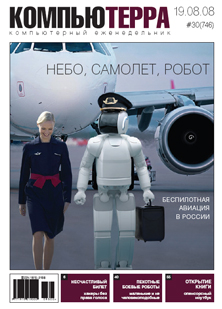


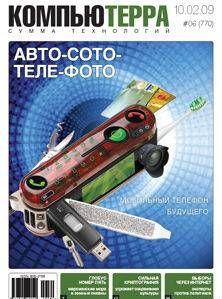
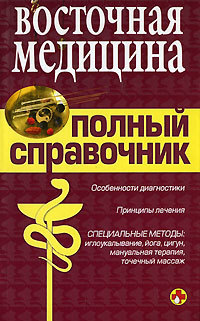


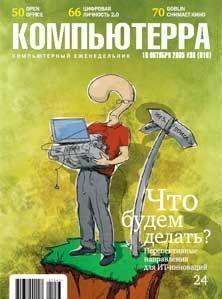
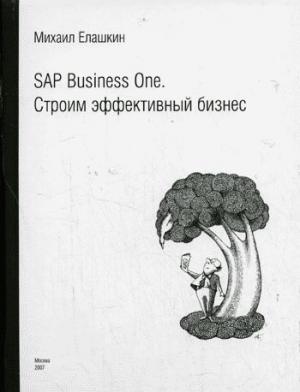
Комментарии к книге "Discovering computer science"